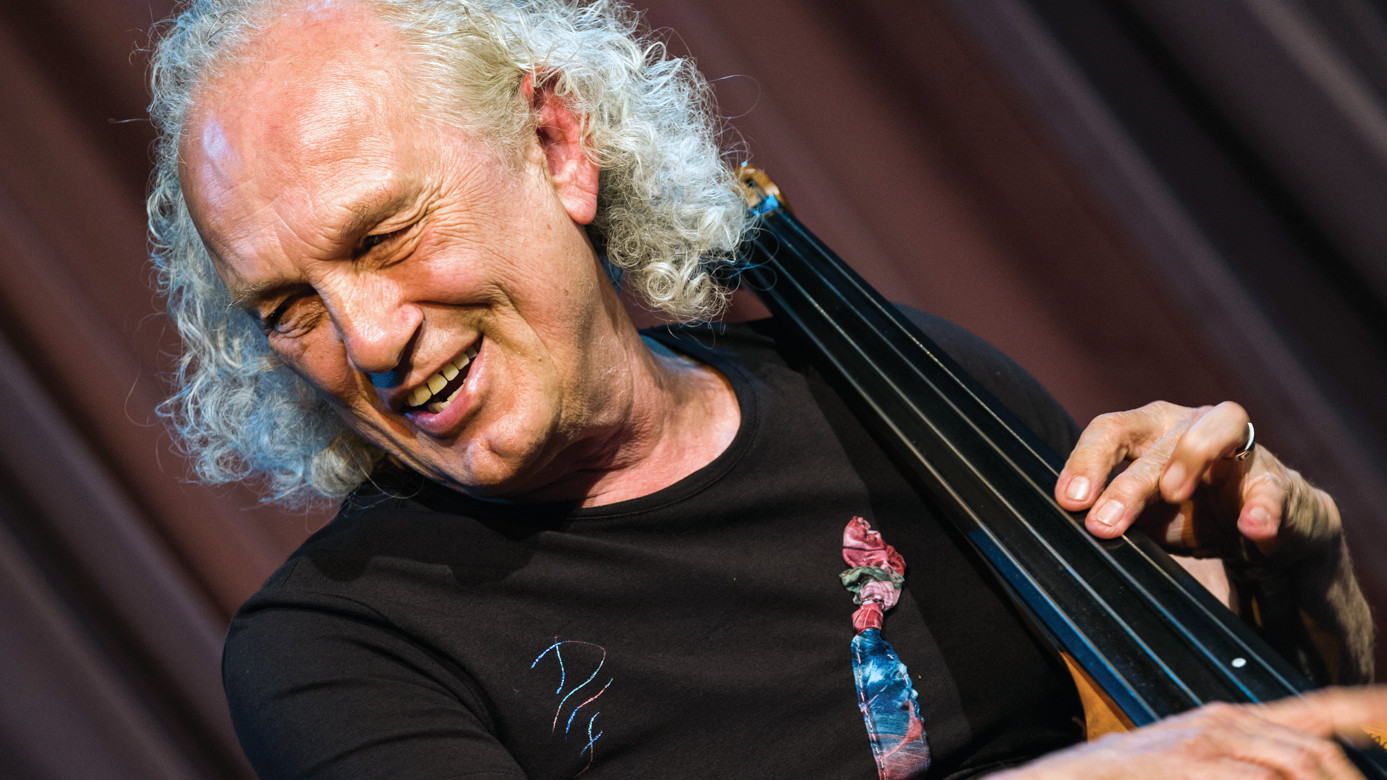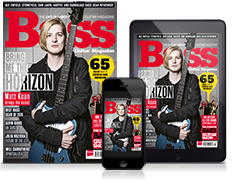David Friesen: “Focus on the notes and the phrasing - because that’s where the substance is”
The acoustic jazz guru revisits his career-spanning catalogue

Among the veritable treasures of America’s Pacific Northwest is Portland-based David Friesen.
The Tacoma, Washington-born Friesen spent his formative years playing jazz on acoustic bass with such giants as Stan Getz, Dexter Gordon, Joe Henderson, Freddie Hubbard, Philly Joe Jones, Elvin Jones, Chick Corea and Michael Brecker, then channelled that experience into a landmark solo bass career. Composing in a wide range of musical styles, he developed many new techniques that are now valued parts of the bass lexicon.
The 76-year-old Friesen, who has over 65 recordings as a leader or co-leader, recently released My Faith, My Life, a 29-track double CD split between new versions of his best- known solo acoustic bass compositions and his stunning debut as a solo pianist. As usual, he delivers them on a high emotional and spiritual level. He explains:
“It’s about getting to a place inside myself where I’m following the music. I’ve always believed that the music knows where it wants to go, and I don’t want to restrain it with too much arrangement. I try to leave things as open as possible and focus on the notes and the phrasing - because that’s where the substance is.”
The new album seems like a culmination of your career.
The groups led by Miles, Coltrane and Bill Evans are the core of modern jazz
“It is, to a large degree. I hadn’t done a solo bass album in 27 years and I’ve written a lot of piano pieces along the way, so it was time to both look back and to show where I am musically these days.
"Although I’m revisiting the bass pieces, I’m not playing them the same way I used to. How I interpret them and improvise on them is different now, so they’re like new tunes in a way.”
Want all the hottest music and gear news, reviews, deals, features and more, direct to your inbox? Sign up here.
It sounds like you’re enhancing some of your bass-lines with a looping effect.
“That’s actually my old 1985 Ibanez DDL Digital Delay pedal that has a repeat and hold component. I’ve used it to write, as well. ‘Islands’ is a good example. I came up with a line, looped it, and then wrote the melody over that.
"I also use the delay setting and a bow to get the dolphin-like cries on ‘Lament For The Lost/Procession’. ‘Martin’s Balcony’ is the exception; on that I’m playing along with an MP3 of myself that also has Airto Moreira on percussion.”
You end each track by playing the shakuhachi, a Japanese bamboo flute.
“I first started playing a wood flute in the 60s and developed a technique to play it while playing bass with my left hand. I got this one from Hozan Yamamoto in 1980, while doing an album with him in Japan.
"The idea to end each bass piece with a shakuhachi passage occurred to me in the moment - sort of like putting a period at the end of each song, or a transition between songs. I recorded a bunch of ideas and melodies to get myself reacclimated to the instrument, and then I added them onto the ends of the tunes they best fit.”

Acoustic technique
You’ve developed a variety of interesting techniques on acoustic bass.
“I developed my solo approach in the early 70s, partly because it was difficult to get people to come out here to play with. As I went along, I tried to find different sounds on the bass to make it more interesting.
"I worked on ways to play two lines at once, using left-hand hammers and my right hand for percussive parts. I’ll play percussive slaps between the neck and body or the bridge and the tailpiece, using my palm or fingertips. I’ll also use the back of my bow to strike the strings, or turn it around and use the bow handle between the strings. You acquire techniques in order to be able to play what you’re hearing.”
Your main instrument is your Hemage bass.
I’m going to be recording some of my compositions with a 40-piece woodwind and brass orchestra
“Yes, it was made in Hall in Tirol, Austria by Hermann Erlacher. It has a 23.5” string length, as opposed to 44 inches on my acoustic bass, and it’s the only one in the world. There are three others that are two-thirds larger.
"I had one of those but I wanted a smaller bass for travel. It fits in my lap in a taxi, or in an airplane overhead bin. It has a hollow body and ebony fingerboard, and the neck is essentially turned around, so it’s headless at the top, with the tuning head at the bottom, below the bridge.
"It has an Underwood pickup and special Thomastik-Infeld strings that are a bit thicker to retain the bass range. I had to change my left-hand technique somewhat at first, but I’ve developed muscle memory on it.”
Who are your key bass influences?
“Hearing Scott LaFaro in Bill Evans’ trio with Paul Motian was a major influence. Also players like Ray Brown, Doug Watkins, all of Miles’ bassists - Paul Chambers and Ron Carter - and Jimmy Garrison with John Coltrane.
"The groups led by Miles, Coltrane and Bill Evans are the core of modern jazz. I worked opposite Trane, and when the set ended Jimmy said, ‘Stay on the bandstand and play with us.’ I was so drained I said, ‘Play a tune and then I’ll join you.’ Well, they played the first song for an hour and a half non-stop, so I never got the chance! But I did get to have a converation with Trane afterwards.”
What’s coming next?
“I’m going to be recording some of my compositions with a 40-piece woodwind and brass orchestra, and I just finished a duet album with Bright Gain, a six-string bassist from Nigeria. Although I don’t play it, I’ve dug the sound of the electric bass since Monk Montgomery first picked one up.
"I teach at Jamey Aebersold’s summer workshop every year and I get some electric players who say, ‘My teacher told me to get an upright and learn the real bass.’ And I say, ‘Why? Did anyone tell Jaco or Victor Wooten to get a ‘real’ bass?’ It’s all about developing your voice on your chosen instrument.”
My Faith, My Life is out now on Origin records

